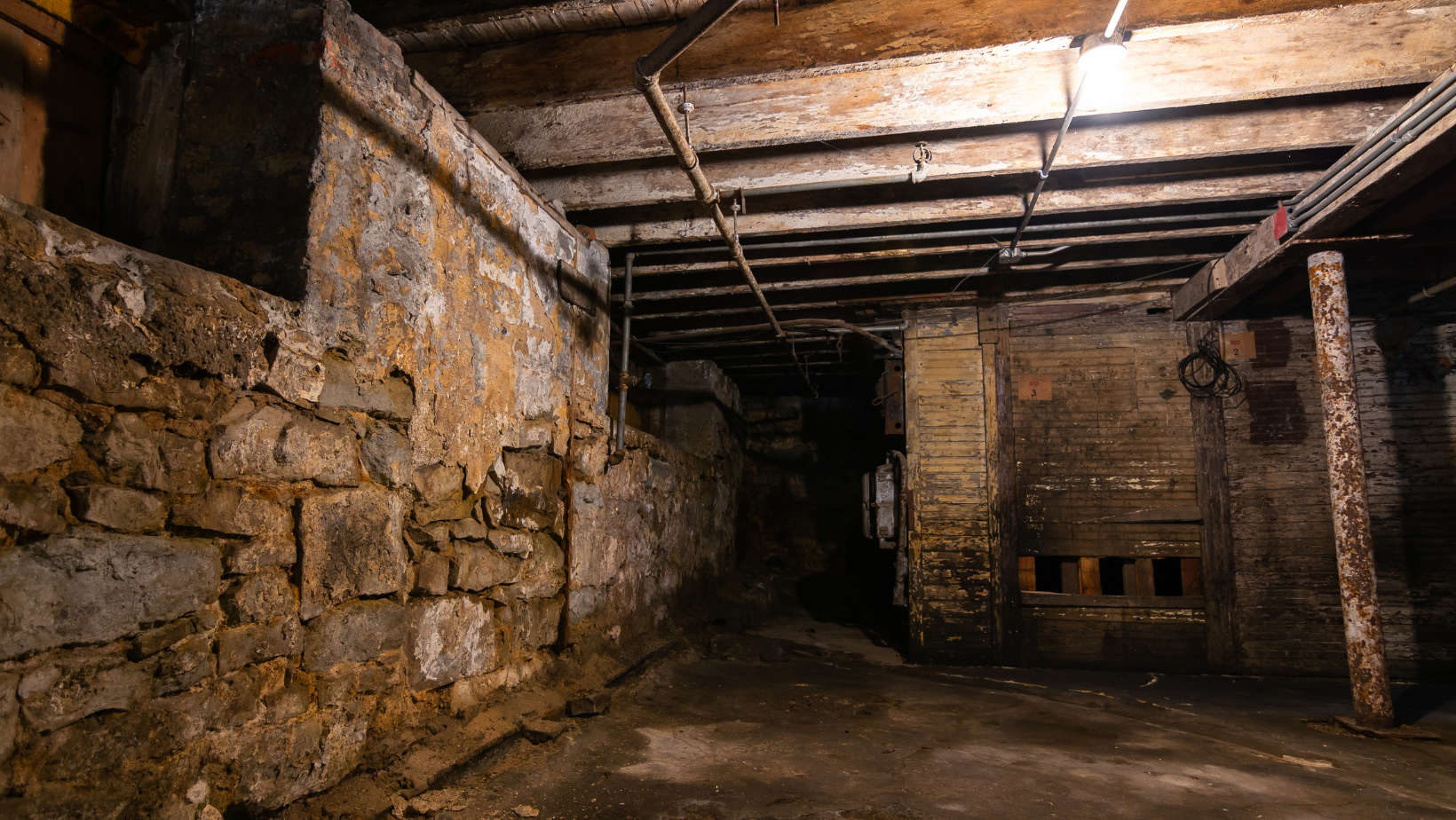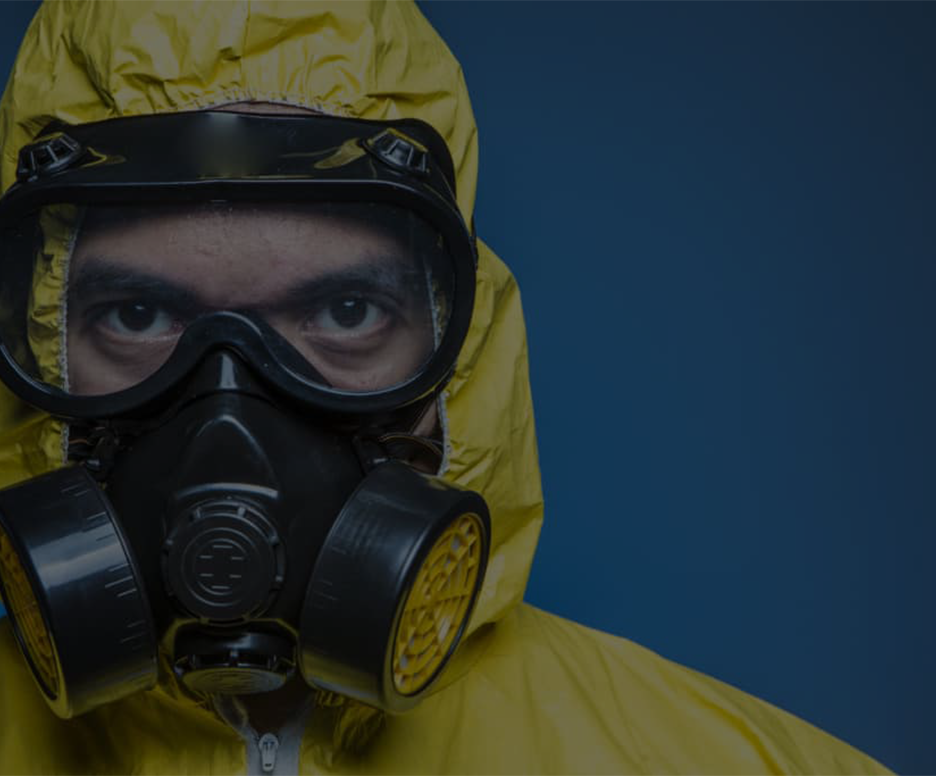
Water Damage In Commercial High-Rise Buildings: Must-Know Water Damage Prevention Tips
By: 911 Water Damage Experts
There are many commercial buildings in the world and all of them vary in contrast to family homes.
One of the most well-known differences is the size of the building.
Commercial spaces can be very different, varying from very large to very small, spanning from a single store or an apartment to vast spaces that count more than a few thousand square feet.
The larger the size of the building, the bigger the water demand. In these cases, it is very difficult to spot a minor water issue until it is too late.
Once water leaks, gravity pulls it to the ground through any viable path.
Depending on how the building is constructed and where the location of the leak is, it can crawl down the elevator space, through the ceiling, or even between the walls.
The larger the building, the bigger the extent of the water damage.
This could potentially be extremely difficult to locate and fix.
Most water leaks or damages are difficult but still preventable.
However, every property manager needs to be aware of this.
When it comes to commercial buildings, here are some of the most common sources of water damage you can find:
-Pipe leaks
-Natural disasters
-Poor installation of safety valves
-Inefficient and broken appliances
-Clogs in the plumbing
-Flushing down inappropriate materials and using chemicals to clear the clogs
Water Damage In Commercial High-Rise Buildings: Water Damage Categories
There are a few categories when it comes to water damage, based on the water source and the potential of damage.
Let’s take a look at them.
First category: This is damage done from clear water within the building. This is a low health risk level, especially if addressed within the first 24-48 hours. However, it can still create mould after that time.
Second category: This is damage down from grey water. This water comes from sources where there could be a lot of contamination, mild to severe. This type of water damage should be addressed with caution. Note that some objects cannot be salvageable if they have been in touch with this type of water.
Third category: This is damage done from black water and it is the most dangerous one of them all. It can cause unfixable damage and can have severe effects on the overall health of people as well as the building. Some of the sources of this type of water include drain backups, sewers, and water from floods. All materials that have been in touch with this type of water should be removed and people should work around it with caution.
Water Damage In Commercial High-Rise Buildings: Being Prepared Is Key
Trying to prevent water damage from happening and being prepared for it is the best thing that you can do.
Here are some things you can exercise if you want to prevent water damage from ever happening in high-rise commercial buildings.
Training for maintenance teams: In order to minimize damage, any maintenance team from any building should receive the proper training. The training should include proper use of the valves that should be shut off in case of water damage, as well as information about how to handle water damage in the building. How to spot and fix bad plumbing should be a part of the instructions too. Whether you should use chemicals or not and which ones to use should be a part as well. This is an excellent way to avoid any damage from happening in the future.
Building inspections: A weekly inspection routine is the best way to go! Having the maintenance team inspect certain areas of the building will help ensure the longevity of the building. This is an excellent way to deal with potential problems early in the process. One of the main causes of water issues in commercial buildings is postponed or ignored maintenance inspections. This is a process that could potentially save millions if done properly and promptly.
Reduce the water demand: By installing high-efficiency fixtures and appliances you can make sure that you limit the water stress inside the building. This can make a significant difference in the water demand volume. Less water means less stress on the plumbing, which means fewer chances of the water finding alternative ways of getting through the building.
Inform all tenants of their responsibilities: It does not matter if it is a high-rise building, a commercial space, or an apartment building, all tenants must be informed of their responsibilities. In most cases, this means informing the maintenance team as soon as any issue occurs. This could be anything, varying from a clogged toilet to a burst or leaking pipe. Also, the management of the building should notify all tenants about what can be flushed down the toilet, and what should not.
Water Damage In Commercial High-Rise Buildings: How To Deal With Flooding
Contrary to the water leaks, which happen from inside the building, there is such thing as flooding, which comes from the outside of the building. This water covers the dry land and enters some areas of a building. The water from the flood can cause some big issues to the building, such as property damage, health risks, and structural issues. Thankfully, there are plenty of strategies set in place for those people that want to stop the water damage and the flood from ever happening. Depending on the size of the building, some of the following strategies can be set in place.
Dry floodproof: The primary goal here is to prevent the water from ever entering the building. This is done with the waterproof coating being added to the walls and the ceilings of the building. This is what can help keep the water out. Many floodproofing approaches can be used, which involve installing shields on the windows and doors, backflow prevention valves, etc.
Wet floodproof: This is a strategy that allows for the water to enter and exit all interior places. This is not a strategy that is suitable for living spaces but is perfect for ground floor or parking space areas. This can be created by installing floor drains that would allow the water to go outside and not cause any damage.
Integrated floodproof: The integrated approach combines both of the above-mentioned, combined. This includes securing all the floors of the building with dry floodproofing and securing the storage or parking area with the wet floodproofing approach.
If you have any questions about our article on “Water Damage In Commercial High-Rise Buildings: Must-Know Water Damage Prevention Tips” or need a water damage restoration company feel free to call us at 1-833-WE-DRY-IT or chat with us in near real-time on our Facebook fan page.
Related Posts
Water Damage Restoration Articles
Water damage prevention tips from the most common problems we’ve seen
Top causes of water damage in commercial buildings and how to find them
Must-know water damage tips: What to do after your house floods
What does good water damage restoration look like?
DIY water damage restoration and the hidden dangers
How to choose the right water damage company
Flast floods: What to do before, during and after a flash flood
What to do when your attic leaks?
Fire Damage Restoration Articles
How to clean up after a house fire
Fire damage restoration checklist
Fire damage tips: 6 hazards property owners miss
How smoke from fires can negatively affect your health
What are the most common causes of house fires?
10 helpful smoke damage cleaning tips
Related Water Damage Services
Fire damage restoration services
Water damage restoration services
Emergency cleanup services
Mould removal services
Weather damage services


